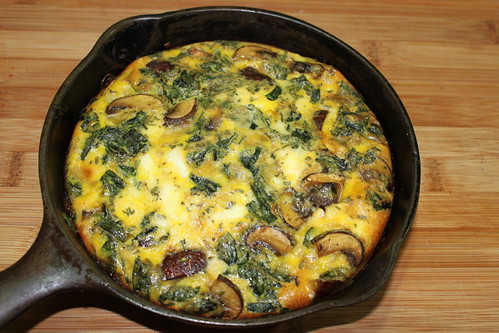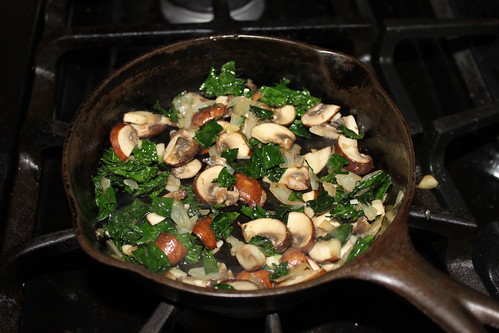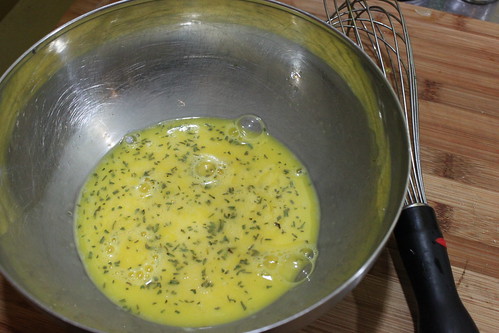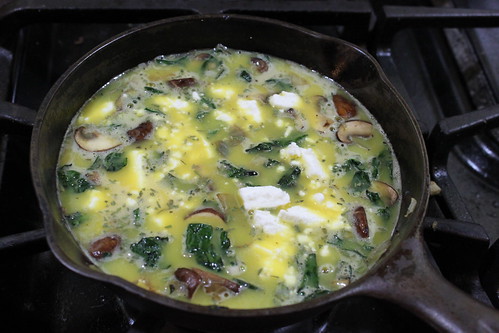Article first published as Where's the Local and Seasonal in MyPlate? on Technorati.
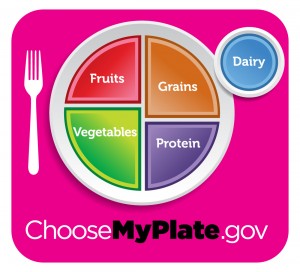 First Lady Michelle Obama made news last week when she introduced the USDA's new nutrition representation, MyPlate. The color-coded memory devise shows a plate half full of fruits and vegetables. Grains are recommended to fill slightly larger than a quarter of the plate with small portions of protein and dairy.
First Lady Michelle Obama made news last week when she introduced the USDA's new nutrition representation, MyPlate. The color-coded memory devise shows a plate half full of fruits and vegetables. Grains are recommended to fill slightly larger than a quarter of the plate with small portions of protein and dairy.
The visual representation has been hailed as a vast improvement to the previous pyramid scheme. Vegetarians are praising that the word meat has been updated to protein, recognizing that protein can be found in many foods. Dietitians are pleased that the 'eat sparingly' category that once included sugar and fats has been removed entirely. Choosing whole grains and drinking water regularly is clearly suggested in the USDA's written explanations.
But one ideal is completely missing from the MyPlate USDA information: local and seasonal. No mention is made of where to purchase meal ingredients, yet sourcing has a great impact on individual and environmental health.

 Locally-sourced produce is picked at the peak of ripeness, containing the most nutrients and best taste possible. When a peach travels from South America to Ohio, for instance, fuel cost is high whereas buying locally saves considerable environmental resources.
Locally-sourced produce is picked at the peak of ripeness, containing the most nutrients and best taste possible. When a peach travels from South America to Ohio, for instance, fuel cost is high whereas buying locally saves considerable environmental resources.
Seasonal availability is another important consideration in making healthy food choices. Eating only what is in season makes families choose a wide variety of produce, a top recommendation of dietitians. Fortunately in most states, local dairy and meat is in season year round.
Contrary to popular belief, shopping the local farmer's market is actually more affordable than buying at a grocery store. Buying locally returns money to the local economy in greater percentages than choosing national chains.
The evidence is clear that eating locally and seasonally is best for personal, environmental, and economic health. Perhaps the next iteration of MyPlate will include preference for local food sources.
Added to Simple Lives Thursday, 47th Edition.

